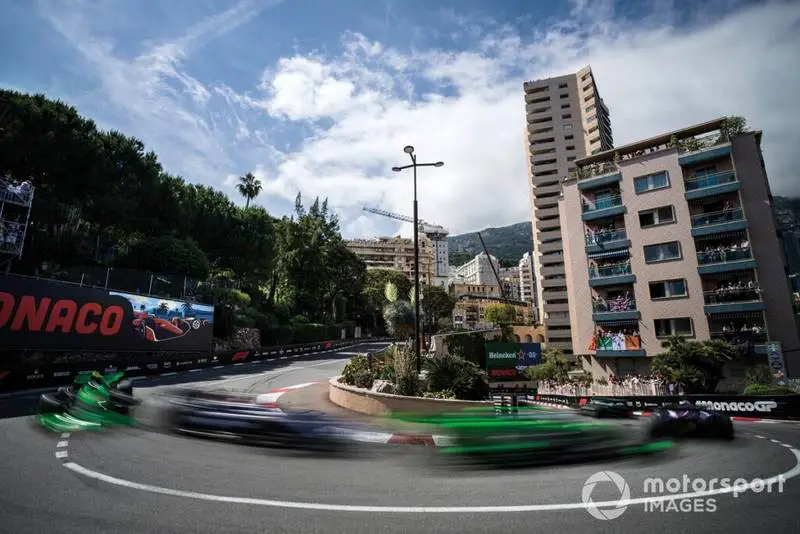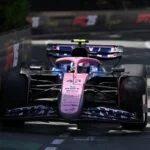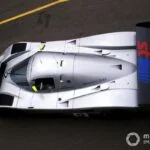The Controversy Surrounding Minimum Pit Stop Rules in F1
After an impressive season with three grands prix won from pole position, and a tactical stalemate race in Japan, the idea of imposing a minimum number of pit stops has sparked debate in the Formula 1 (F1) community. With precedents set at the Qatar GP in 2023 and Monaco, many believe this could be the solution to ensure overtaking and exciting races. However, is it as simple as it seems?
The Impact of Previous Minimum Pit Stop Experiments
In Qatar, the FIA and Pirelli set a maximum stint length in response to tyre damage caused by running over the kerbs. At Monaco, a minimum of two stops was mandated due to the lack of overtaking. These were specific circumstances, but the question remains: will a similar approach work across all races?
The results from Qatar provided some data points. Despite Max Verstappen winning from pole, the race was deemed successful by the opinionati. However, it’s essential to consider that this was an exceptional case, and not necessarily indicative of what we can expect in other races.
The Challenges of Mandating Minimum Pit Stops
Mandating a specific number of pit stops appeals due to its simplicity, but it comes with unforeseen consequences. It’s like a player attempting to change a losing trajectory by throwing the pieces in the air to see where they land.
Overtaking is inherently difficult, and teams are naturally inclined to guard track position by minimizing the number of stops they make. Forcing teams to make more stops increases the probability of errors and unplanned events.
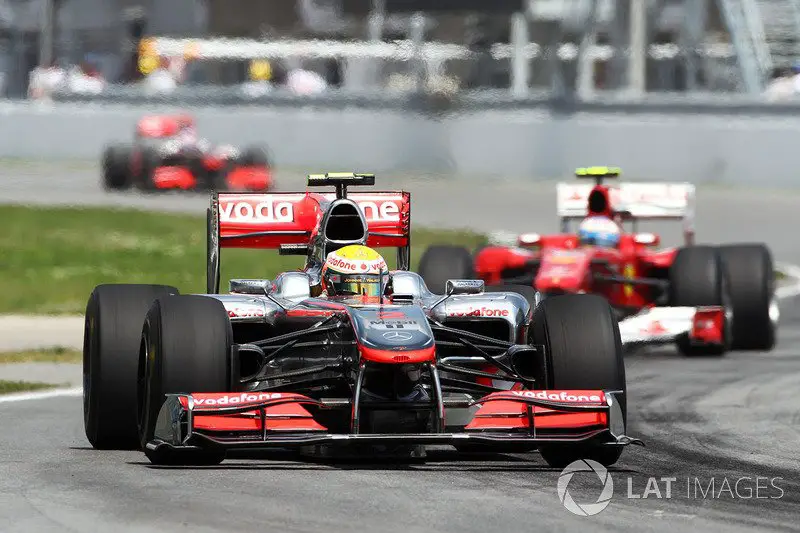
The Effects on Tyre Performance and Strategy
A prescribed number of stops is likely to reduce strategic variation rather than promote it, as Pirelli has been working diligently to reduce thermal degradation and heat stress on its tyres.
To create overtaking opportunities, the tyre performance needs to be more differentiated. This helps to create races where drivers making two stops have enough performance in hand to chase down and pass those making one.
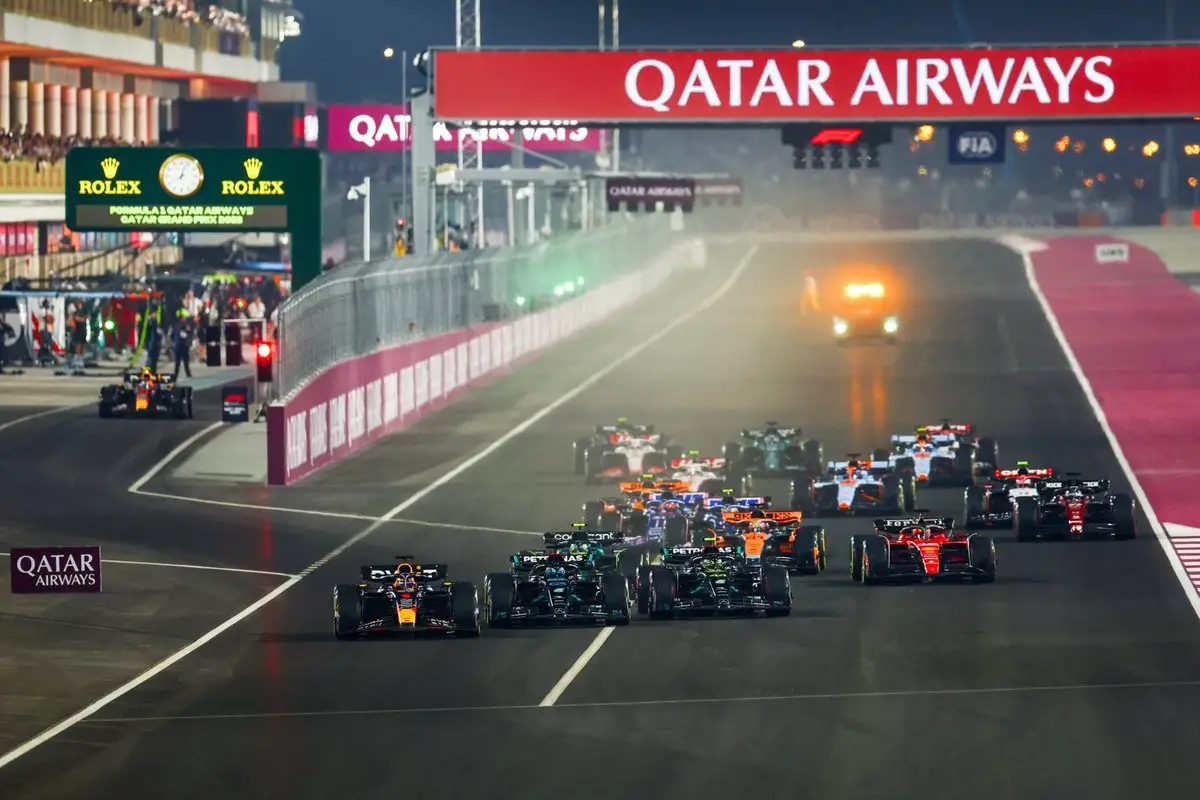
The Driver’s Perspective
Carlos Sainz, a current F1 driver, expressed his concern about the impact of imposing a minimum number of pit stops. He emphasized that overtaking is dependent on having a performance differential between cars.

